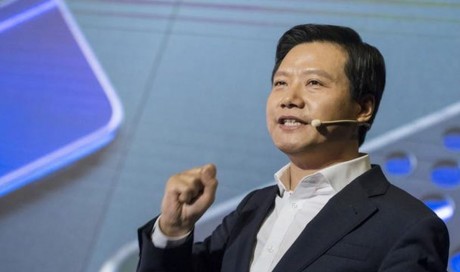The Boycott
One afternoon last August, I drove to Aqua Park, a water park in the desert 20 minutes outside Doha, to see how Qatar was surviving the boycott. Inside the park, where midday temperatures reached 120 degrees, men and women wearing swimsuits mingled freely, although bikinis were discouraged. Screaming children barreled down the Boomerango, the park’s largest ride. American warplanes rumbled overhead, bound for battle zones in Iraq and Syria.
Aqua Park is a few hundred yards from Al Udeid, the American air base whose runway lights glitter in the distance. The base, with 10,000 American service personnel, has been Qatar’s strategic jewel for over a decade, one major reason it could defy its neighbors. Now the Emirates was pressuringthe United States to close it.
The park is a typical Qatari business in that no Qataris work there: The park’s manager, Mohammed Firdous Raj, is Malaysian, the lifeguards are Kenyan and other employees are Lebanese and Egyptian. Before the boycott, one quarter of its business came from Saudi tourists, who made the 25-minute drive from the border. But now the desert highway was half-empty, as were many hotels in Doha.
“We’d like them to come back,” Mr. Raj said of the Saudis. But the park’s owner, a former Qatari government minister, had allowed him to discount ticket prices, so business was about the same. “It’s a pity about the Saudis,” he said with a shrug. “Either way, we will manage.”
The boycott has inflicted some pain on Qatar. With its only land border closed, its ships blocked from passing through Emirati ports and its planes restricted from flying over neighboring airspace, import costs have soared. The stock exchange lost one-fifth of its value last year. Foreign workers, unable to party in Dubai on weekends, grumble about the claustrophobia of buttoned-up Doha. And the travel bans have torn apart families, whose relatives have straddled borders for centuries.
But for the most part, daily life in Doha is largely unchanged. Pricey wine flows in five-star hotels, work continues on a new metro system, and a striking National Museum, shaped as a series of giant intersecting discs, is set to become the city’s latest architectural marvel.
On weekends, young Qatari men go “dune bashing” — riding tricked-out four-wheel drive vehicles at high speed along mountainous dunes, sometimes flipping over. Qatar’s central bank says it has a $340 billion war chest to help weather the crisis.
And the boycott has backfired in some respects. The trade restrictions have forced Qatar into deeper economic ties with Iran, while Tamim has become the object of a fervent personality cult. The emir’s image adorns billboards draped off skyscrapers, and he is lionized in saccharine songs hailing his steely leadership. “He’s the embodiment of the philosopher king,” said Dana al-Fardan, one such balladeer.
His ministers, making a virtue of necessity, are developing new trade and transportation links. To make up for lost Saudi milk, they created a new dairy industry from scratch in the desert. In a surreal tableau one day in July, German cows toddled down the ramp of a Qatar Airways Airbus at the Doha airport, the first arrivals of around 4,000 cattle flown in from Europe, Australia and California.

American aircraft from Al Udeid flying over Aqua Park. CreditTomas Munita for The New York Times

Since the boycott began, blocking all land and much sea trade, much fresh food arrives by plane.CreditTomas Munita for The New York Times
...[ Continue to next page ]
Share This Post














